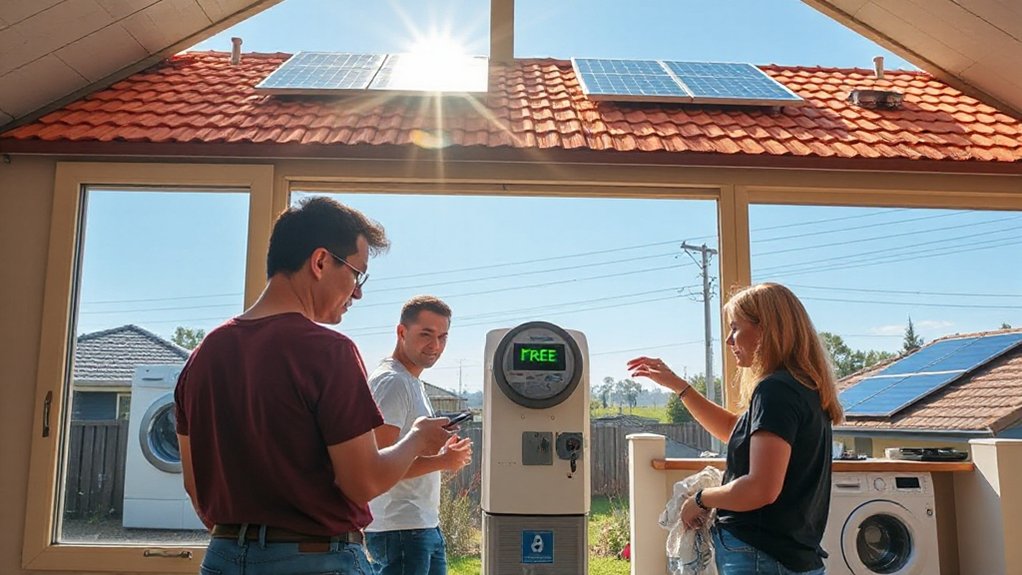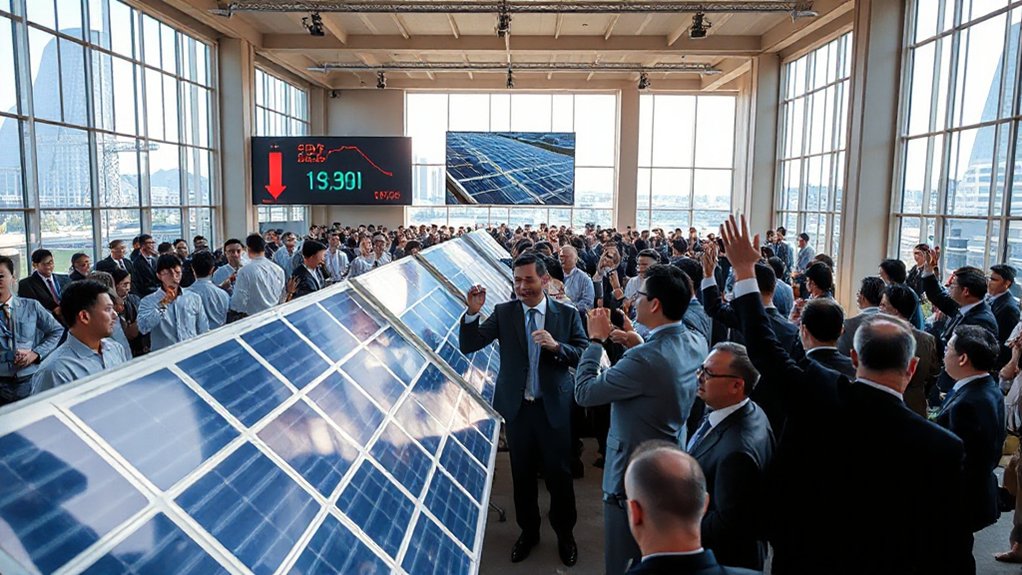While many Australians struggle with soaring power bills, relief is finally on the horizon. The federal government has announced a $500 electricity rebate set to roll out in November 2025 through the Centrelink Electricity Relief Program.
But let’s get one thing straight – despite what you might have heard, there’s no magical three-hour daily free electricity coming your way. Sorry to burst that bubble.
The actual program is pretty straightforward. Eligible households will receive a one-time $500 credit on their electricity bills. No applications necessary. If you’re already getting Centrelink benefits like Family Tax Benefits, Age Pension, or Disability Support Pension, you’re automatically enrolled. The money goes straight to your account through your electricity provider. Easy.
No hoops to jump through. If you get Centrelink benefits, the $500 credit lands straight on your power bill. Done and dusted.
Low-income families, seniors, and concession card holders are the main targets here. About time, right? With power bills climbing faster than a cat up a curtain, this relief couldn’t come soon enough.
The program covers all Australian states and territories, though specific eligibility might vary depending on where you live and your power company. The initiative aims to eliminate energy insecurity for families across Australia while promoting sustainable consumption patterns.
Western Australia is doing its own thing, as usual. They’re offering a separate $150 electricity credit under their Energy Bill Relief Fund extension. WA residents need to register for the Energy Concession Extension Scheme by September 30, 2025, to get paid in mid-October.
Miss that deadline? You’ll need to apply through the Online Services Portal by March 31, 2026. Synergy and Horizon Power customers get their credits automatically if they’re enrolled on time.
To qualify for the credit, you must be an owner-occupier or tenant who is responsible for electricity costs as of the September 30 cutoff date.
The whole point is to ease the pain of inflation and rising living costs. It’s part of the government’s broader strategy for energy affordability and sustainability. Nothing revolutionary, but five hundred bucks is five hundred bucks.









